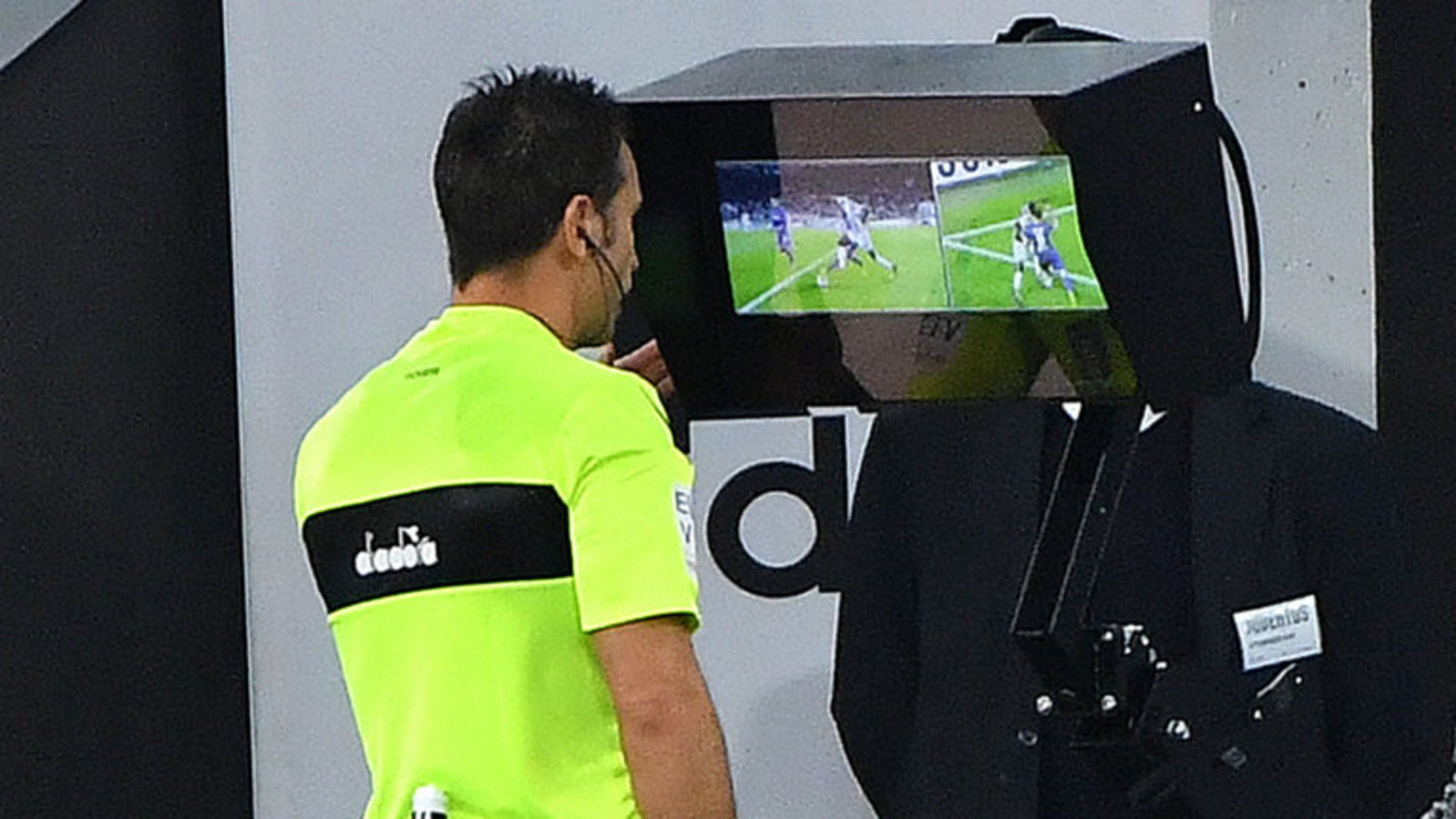Continuing our detailed explanation of the video assistant referee technology, we will continue in the fourth episode to explain the procedures performed by the video referee, which consist of four steps in order:
1. Native resolution
2. Verification
3. Overview
4. Final decision
1. Original resolution:
The referee and other referees must always make the initial decision, including any disciplinary decision, as if there were no video assistant referees (unless absent).
The judge and other judges are not allowed to not make any decision because it will result in a weak or inconclusive arbitration, many retrials and serious problems if the technology fails.
The Referee is the only person who can make the final decision, the VAR has the same authority as the other judges and can only assist the Referee.
Postponement of the flag or whistle is only permitted in the event of a very clear attacking situation where a player is about to score a goal or has a chance of crashing into the opposing team’s penalty area.
If an assistant referee delays his flag because of a foul, the assistant referee must display his flag.
If the attacking team scores a goal, a penalty kick, a corner kick, a throw-in or control of the ball after the initial attack has been completed is awarded: in all other cases, the assistant referee must decide whether to raise the flag as required by the match.
2. Check:
VAR automatically checks the TV footage of each actual or potential target, decision or penalty or direct dismissal situation, and uses different camera angles and playback speeds in case of misidentification.
VAR may check TV footage using normal speed or slow replay, but in general slow replay should be used for incidents such as offender or player location, physical foul and hand contact, ball out of play with or without a goal, normal speed should be used to determine the seriousness of an infraction or to determine whether it is a handball violation.

If the check does not indicate a clear and obvious error or a significant missing incident, the VAR does not normally need to contact the judge and this is considered a silent check, however sometimes if the VAR confirms that there are no clear and obvious errors. an error or incident has occurred. There is no task that helps the referee or assistant referee manage the players or the match.
If there is a need to delay the restart of play for review, the referee clearly indicates this by placing a finger on the earpiece or earphone and extending his arm or other arm. He must hold this signal until the check is complete, i.e. announce that the referee is receiving information, which may be from the video assistant referee or one of the other match officials.
If the review reveals a clear, conspicuous, potential error or significant absence incident, the VAR will pass this information on to the judge, who will then decide whether or not to proceed with the review.
Source: El Iktisad
